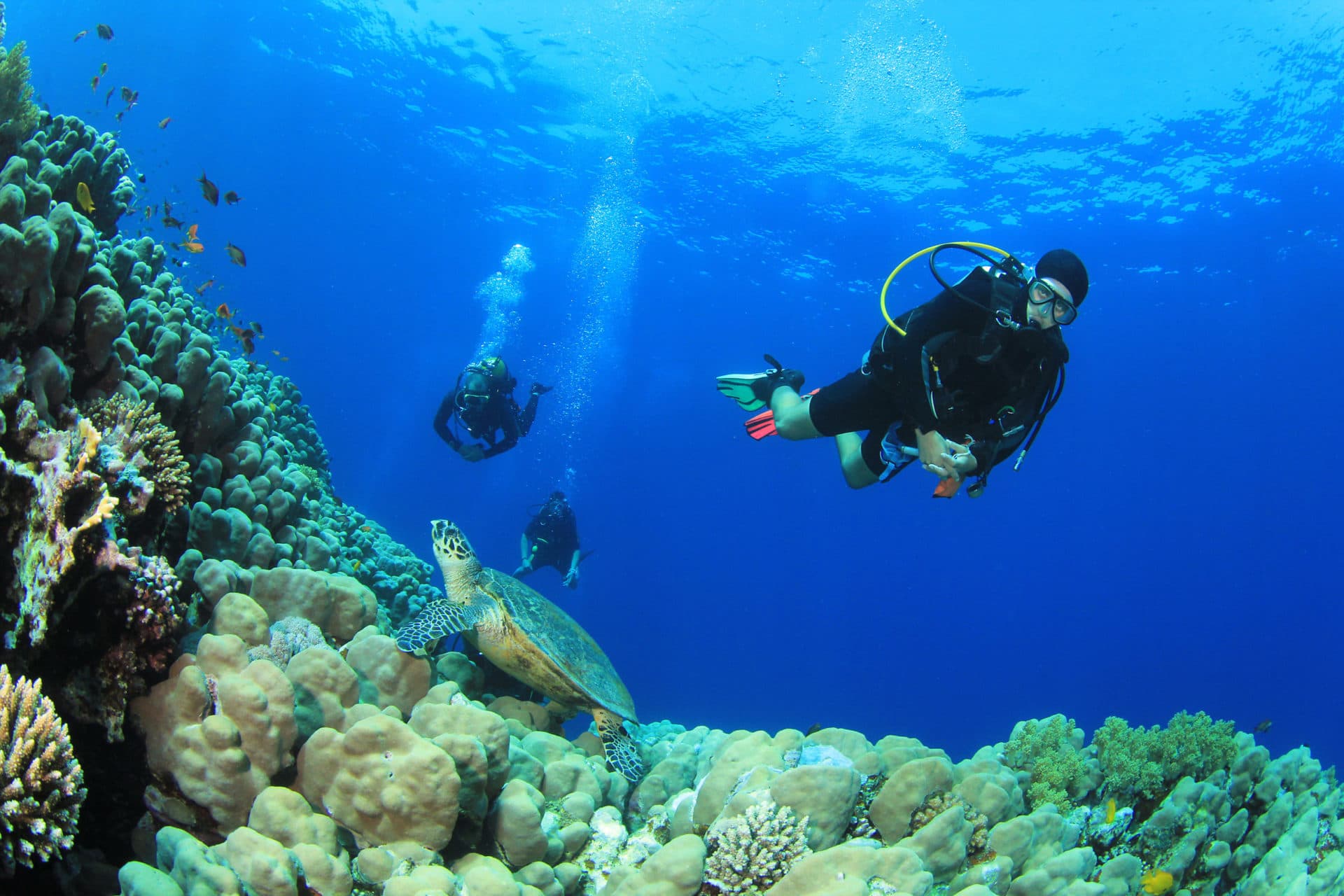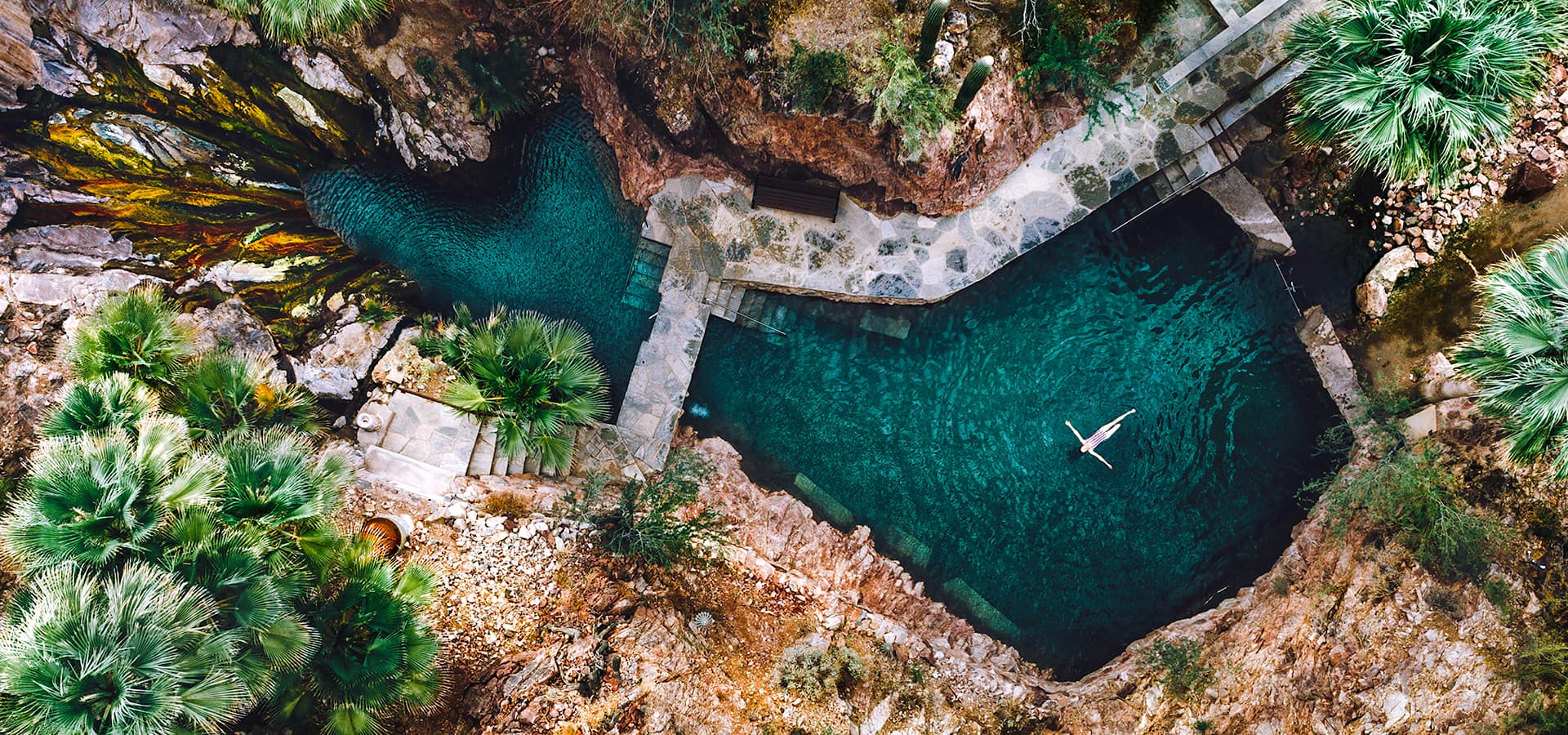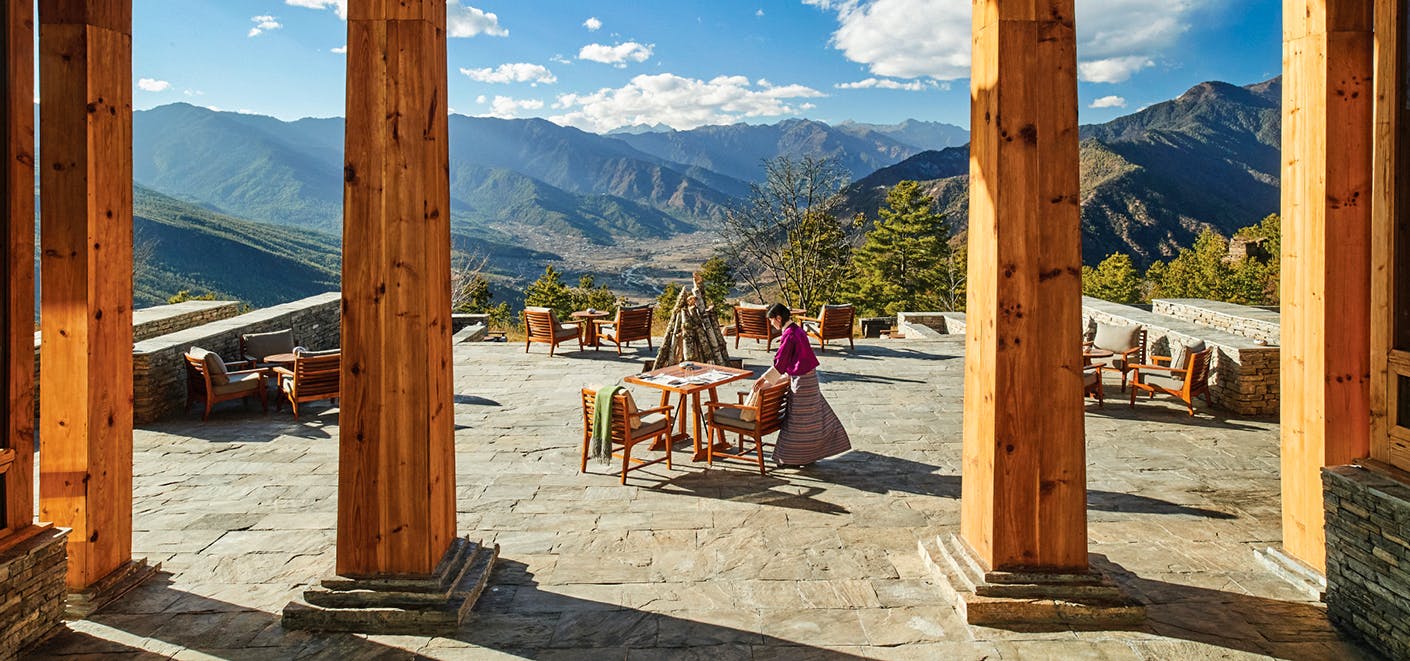Out of office spotlights pioneers who have decided to pursue their passions beyond the typical 9-to-5 job.
For those modern-day explorers craving solo travel, off-the-beaten-path wildness experiences or just a unique trip, Explore Alaska offers a private air adventure with expeditions to wild and untouched landscape only accessible by air and rarely visited by travelers.
Trips range from exploring the interior, Western, and Arctic Alaska, as well as Caribou Migration tours and Polar Bear viewing. Each expedition is led and curated by founder and bush pilot, Dr. Randy McKinney, who has lived and worked in the most isolated parts of the state since 1972. Trained and experienced in wilderness survival, McKinney has a postgraduate degree in homeopathic medicine.
These trips are designed to bring out your wilderness dreams and each trip is carefully curated to be “your” trip. With Randy as your fearless pilot and guide, you will be taken to parts of Alaska that are unreachable and given the opportunity to not only see the amazing wildlife, but learn some survival skills and take part in a life-changing experience.
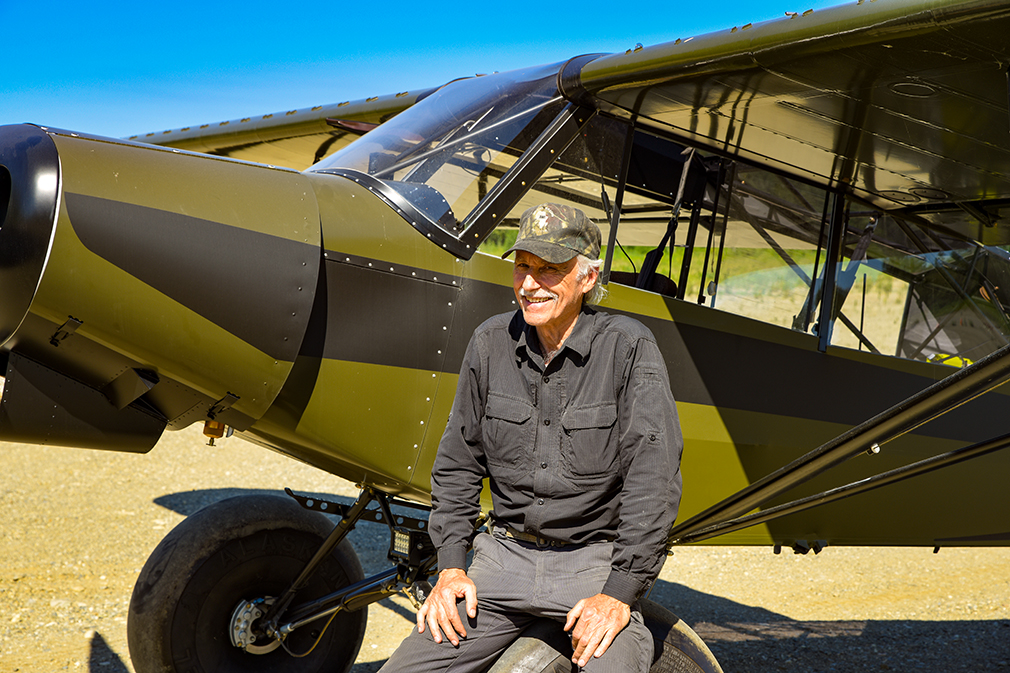
All guests fly in a new custom-built Piper PA-18 Super Cub with enough survival gear on board to sustain two people for three weeks. Itineraries depart from Anchorage or Fairbanks with a la carte menus of safari-type adventures ranging from 7 to 21 days and each excursion is designed to instill confidence and a sense of purpose. While on the ground camping, guests will enjoy hiking, fishing, learning survival skills and the history of each region.
The cost of each trip is inclusive of food, beverage, camping gear, as well as lodging and meals on the day of arrival and departure, including roundtrip airport transportation from the host city. Explore Alaska donates all profits to African Wildlife Initiative, a 501(c)3 organization operating a counter-poaching and anti-child sex slave trafficking operation in Central Africa.
We decided to find out from Dr. McKinney, what to expect on one of his adventurous trips through the wilderness, when is the best time to spot certain wildlife and what survival tips and gear should be in our backpack.

Why did you want to start Explore Alaska?
My wife and I have a deep and abiding passion for Alaska and the most enjoyable times in our lives are spent traveling to the very remotest parts of Alaska, far from the nearest road or village. After spending many years in these travels via every imaginable mode of transportation we have decided to share these extraordinary experiences with a select few individuals.
What have been some of the most popular, requested sites or activities from guests recently?
We offer seven different adventures including experiencing The Arctic, Interior of Alaska, Western Alaska, the Caribou Migration Experience, Polar Bear Viewing, and our See It All which is an extensive 21-day experience of Alaska. We also design and provide Custom Adventures for guests who have a bucket list of what they want to experience in Alaska. Our most popular experiences are the Caribou Migration Experience, Custom Adventures and Experiencing the Arctic. Nearly all of these trips include guided world-class fly fishing.
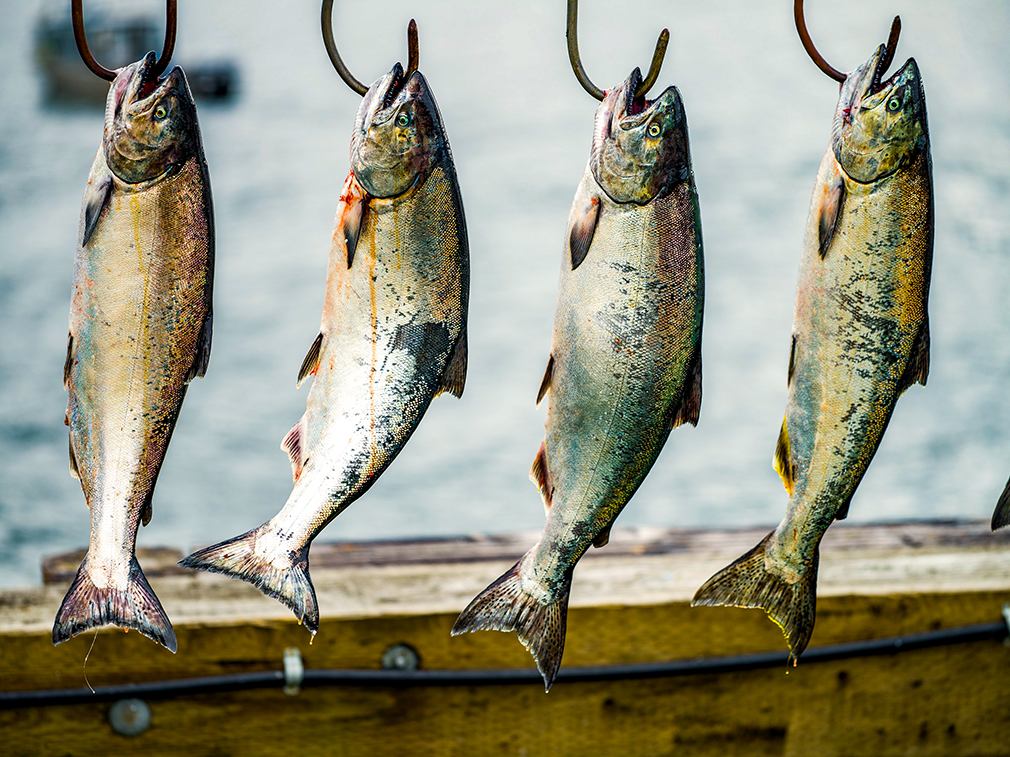
Can you describe what a typical day is like for you as a bush pilot?
There is really no typical day when I am guiding our guests in the remotest places in Alaska and that is what makes our business so unique. And besides, if every day was typical of the last one, I would not be doing this! Having said that, here is an idea of what a day in my life might look like when I am flying a guest to a very remote location in Alaska.
The day before we are scheduled to take off, I pick our guest up at the airport, take them to a very nice hotel and make sure they get settled in. Then we go to lunch or dinner where we discuss their trip and I answer all of the questions they have. If they need to pick up any last-minute items, I take them where they need to go and return them back to their hotel. This is the time where I give them a short class in survival and show them what survival-gear we will have onboard the airplane and how to use it.

The next day I am out of bed and have finished breakfast before 5 AM. Having gone through several long lists of preparations several days before, I head out to the airplane with our gear and supplies. Depending on where I am headed with my guest, if it is during the winter or during the summer, and how long we will be gone, determines how big the pile of gear is. If the flight is in the winter when we have short days, I do all of this wearing a headlamp. If it is during the summer months when we have very long days it is a lot easier, we have less gear to take, and it takes less time.
I already know the weight of each individual bag and pack that go in the airplane and I have already completed a weight and balance calculation so I know how to load the airplane. Then I perform a very careful preflight inspection (I do one the night before when I gassed up the airplane, but I do it again). Then I load up the airplane with the pile of gear we are taking for this trip and secure it.
Next, I meet with our guest, make sure they have breakfast and that they have packed everything they need to bring with them for this trip. Then we head over to the airplane. I walk them through a short preflight so they can get the feel of what we are doing. Then I show them where the survival gear is located in the airplane, how to work the Emergency Locator Transmitter (ELT), and how to adjust the volume of their headset intercom. Getting in and out of a Super Cub looks awkward at first so we go over that and I show them how to use the seat belts and shoulder harness and get them buckled in.
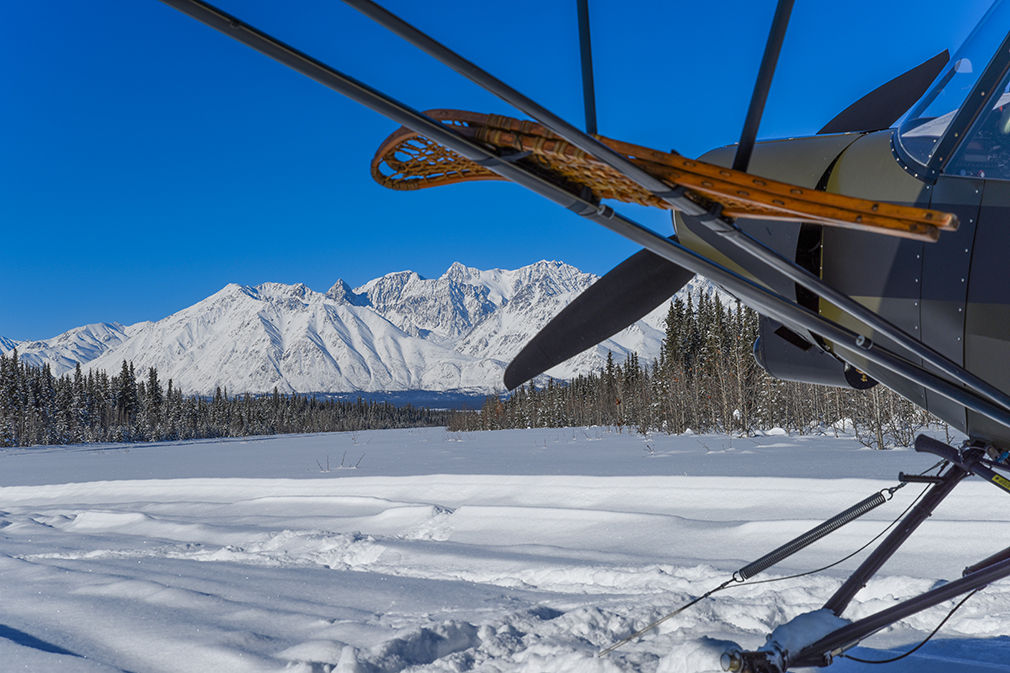
Then I untie the airplane, climb in, fire up the engine, do a systems-check and taxi for takeoff.
Some guests want to learn how to navigate, so I have a GPS in a hot mount in the back seat for them to use. As we are flying toward our destination for that day, I teach them about navigating from the sky.
I also provide them with a commentary on where we are, what they are looking at, our altitude above the ground and point out wildlife. During this time there is a GoPro camera going that takes video of them and their surroundings. Their entire trip is filmed using GoPro and Nikon cameras and each client is given an edited heirloom video of their Alaska Experience.
Towards the end of the day, we find a place to camp, either on a remote gravel bar along a river or creek, or on a ridge top. We set up our very comfortable camp, have dinner and settle in for the night. For our guests that rather stay in a lodge and do day flights we can easily and often accommodate them also.
Each day our guest gets to experience new unending vistas, more wildlife, and peace and quiet in a wilderness that extremely few ever have the privilege of visiting – a truly rarefied experience in today’s hustle-bustle appointment book world.

Please share with us your top wilderness survival skills or tips while out in the wild?
My survival training started and young age, taught by my grandfather who was a trapper and woodsman, and my dad who was an instructor in the U.S. Army 10th Mountain Division. From then on my survival training just became a part of my life, including being taught a lot of things by some Eskimo elders on the Seward Peninsula near Nome, Alaska where I lived for about 10 years. I have actual survival experience in the Alaska Bush during the summer, and in the winter with ambient temperatures at -75° F. These were real-life survival situations, where I was very thankful for my years of training. In all of these experiences, we arrived home unscathed. (We don’t take guests on these types of trips where there is a good chance we could be stuck somewhere for many days.) We also offer classes on winter and summer survival in Alaska through another business that we have.

All of our guests are given a short course in survival before departing with me on their Alaska Experience. I always carry at least two weeks-worth the survival gear plus camping gear (and more during the winter months) in my Piper Super Cub. I go over all of it with our guests, showing them how to use it, prior to departure the first day. If something goes wrong, I want it to turn into a camping trip, not a survival situation! All of our Alaska Experiences are immersive trips so our guests have the opportunity to learn some outdoor skill sets along the way if they are so inclined. Some of our guests love to learn these skill sets and others are along just to soak in the spectacular beauty that only Alaska can offer. And either way is fine with us. However, we do everything in our power to make their Alaska Experience as safe as possible.
Here are my 22 tips for people who are venturing out on their own without an experienced guide:
1. Always let at least two people know where you are going and when you will be back. Provide them with a map with your route drawn on it.
2. Carry an inReach Tracker on your person, not in your pack. (And make sure the battery is completely charged!). However, do not rely solely on it for help because electronic devices are prone to failure, usually when you need them the most.
3. Take some basic survival gear with you, even for a short-day hike
4. Know how to use your survival gear! You can have all the best survival gear made and if you don’t know how to use it you are just carrying extra weight for no good reason. Learn how to use it and practice with it often.
5. I can’t give you a list of the survival gear you should take because it depends on where you are going. In other words, you don’t take the same survival gear in the Sahara Desert as you do in the Arctic. (My wife and I rode our motorcycles across the Sahara from north to south, so we know a bit about that part of the world)
6. Have at least some basic first aid training.
7. Take an IFAK (Individual First Aid Kit) with you
8. Take a GPS, with a map of your area loaded into it, and know how to use it.
9. Also take a map and compass for when your GPS fails and one day it will fail. I have had the screen go blank on a Garmin GPS and it never worked again. (Garmin couldn’t even fix it.)
10. Know how to use a map and compass.

11. Take a water bottle.
12. Take a water filter, even if it is a Life Straw.
13. Take some energy bars for when your main food supply is depleted.
14. Wear hiking boots that are already broke into your feet.
15. Take a change of socks…on a long hike you will be glad you did.
16. Don’t hesitate to take your boots and socks off and soak your feet in a cold creek (on a hot summer day). That will get a few more miles up the trail.
17. Take either a very good quality fixed blade knife in a good sheath or a very good quality lock blade folding knife. Make sure it is sharp. A dull knife is worthless.
18. Take 100 feet of 550 cord (para cord). This is one of the most useful things that you can have for building shelters, repairs, an emergency tourniquet, etc.
19. Take two Bic lighters to start a fire with. Why two? In case you accidentally off-gas one of them.
20. Take a shelter of some kind with you like a military surplus rain poncho
21. A Leatherman tool is a very handy thing to have, but do not rely on just that for a knife
22. Carry all of this in a very comfortable pack
And remember these two things:
- It is better to have it and not need it than to need it and not have it!
- Have a great time!
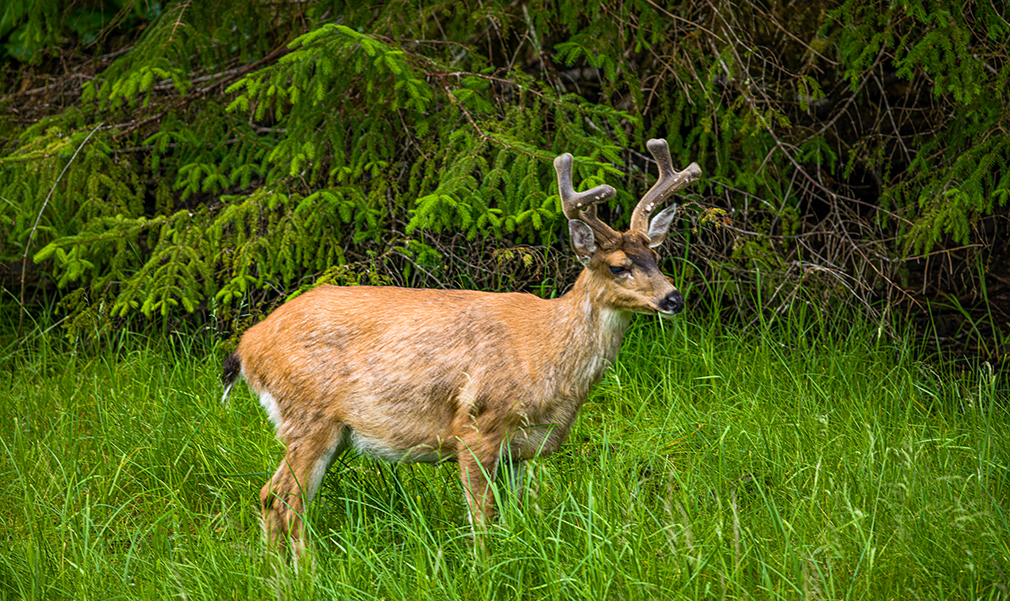
What is the best time of year to visit Alaska?
This depends on what part of Alaska’s grandeur you want to experience. Late winter (early March through April) are excellent times to experience the Northern Lights from the air on a night flight, land in our Super Cub on a frozen lake and try your luck at catching record size (50 pound) Lake Trout, go for a night flight on a full moon that is so bright that you can read by it, or go on a flight in our ski-equipped Super Cub on a very bright sunny day through the extremely rugged towering snow and ice-covered mountains that makes a person seem a bit insignificant.
The end of April and May are great times to experience Polar Bears in their natural environment on the shores and sea ice of the Chukchi Sea and Beaufort Sea in northern Alaska.

June through September is the best time to experience caribou herds migrating to the summer and calving grounds with counts in some herds of 250,000 animals, cast your fly line into pristine and very seldom (if ever) fished waters, see moose, grizzly bear, millions of migratory birds, and unspoiled vistas that defy description, where there is zero air pollution and you can see to the horizon.
September and October are best to experience the vast caribou heads migrating back to the wintering grounds.






